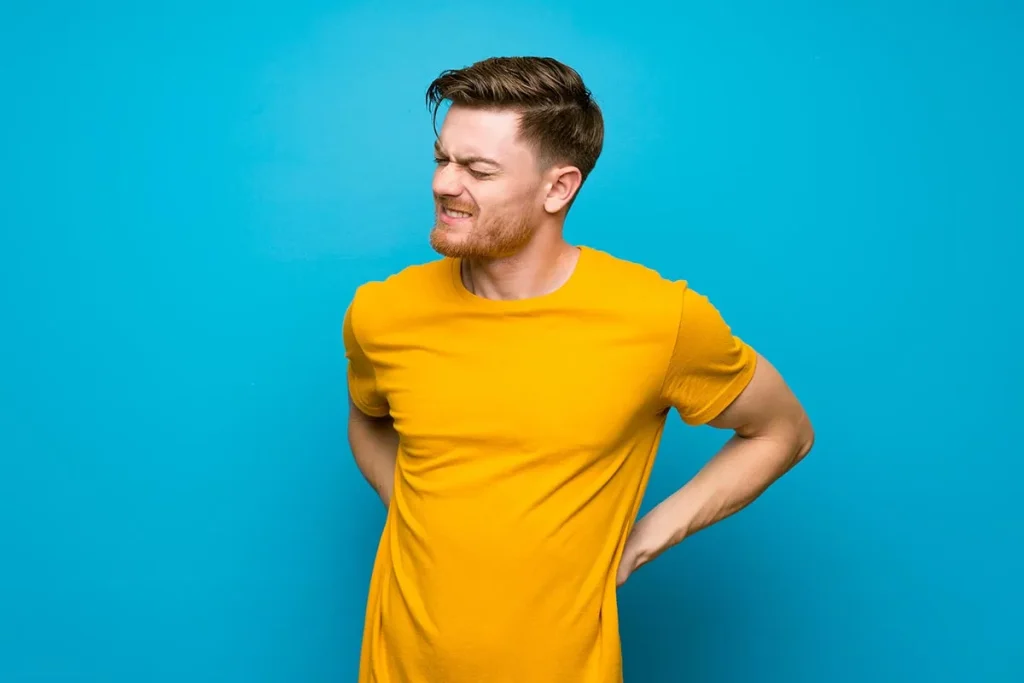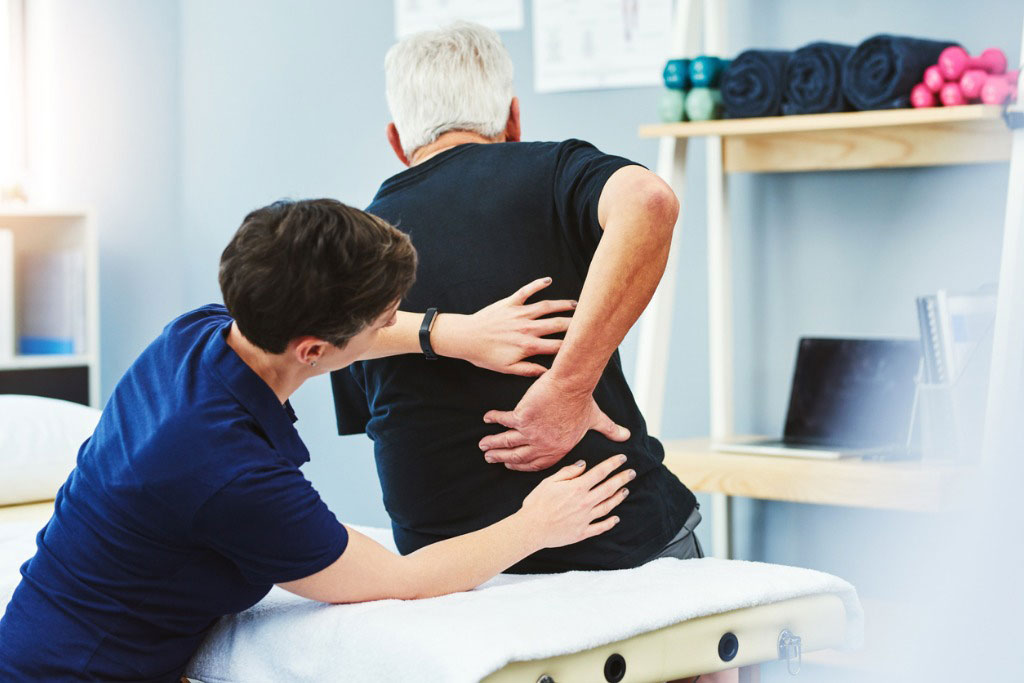The spinal column is connected to the entire body, even to your brain. If your back is misaligned, it can affect the rest of the body, interfering with the brain-body connection. Therefore, scoliosis might have an impact on your body’s overall health.
Scoliosis is a spinal issue that involves irregular spinal curvature. In scoliosis, instead of maintaining its straight curvature, the spine bends sideways. The three common scoliosis types are :
Idiopathic :– 80% of all occurrences of scoliosis are idiopathic and are detected when no conclusive reason appears. It is usually detected in the teenage years.
Genetic :– With congenital scoliosis, patients are born with irregular curvature of the spine due to the abnormality of one or more vertebrae while the patient was still in the womb. Young children are usually diagnosed with the condition.
Neuromuscular :– If you have neuromuscular scoliosis, the irregular back curvature is probably caused by an underlying condition. These issues include spinal bifida, cerebral palsy, muscle dystrophy, or spinal cord trauma. Surgical treatment is required as it progresses more quickly than idiopathic scoliosis.

If scoliosis is mild, it shows few to no symptoms but severe scoliosis may cause significant problems for your body. With age, spinal scoliosis can get worse over time. That’s why doctors carefully monitor children with mild scoliosis through X-ray imaging and regular checkups to see if their issues worsen.
HOW DOES SCOLIOSIS AFFECT THE BODY?
Mind :– Abnormal curvature of the spine can affect the correct circulation of cerebrospinal liquid (CSF), which is a liquid that coats the brain and spine. CSF removes waste and provides defense and nourishment for the brain. Migraines are one of the most frequent neurological deficits that can be caused by decreased CSF flow.
Muscles :– Due to abnormal curvature of the spinal column, scoliosis can result from a muscular discrepancy or worsen an already existing muscle mass inequality in the back. The muscles on the side of the spine that the curve is toward are overused, whereas the muscles on the opposite side are underused. In this way, if you have scoliosis, the muscles on one side of your back will be stronger than those on the other.
Lungs :– Serious scoliosis is linked to breathing problems in adults and can significantly affect lung function. Extreme scoliosis affects lung function by decreasing lung quality, tightening the airways, restricting diaphragm movement, and creating bronchial compression. Irregular curvature of the spine often bends the ribs. This means they are unable to expand fully to allow a full breath.
Heart :– Although scoliosis has little to no effect on the heart, severe scoliosis can have a restrictive impact on the heart. Similar to the lungs, the heart also needs space to expand and pump blood. When scoliosis bends the chest, it restricts the space the heart has to function properly.

Digestive system :– It reduces the space available for organs such as the esophagus, tummy, and tiny intestine involved in digestion. By lowering the upper body, an unusual spinal column curvature can compress and constrict the esophagus, stomach, and small intestine. According to research, scoliosis patients often have gastroesophageal reflux illness (GERD).
Reproductive System :– If you are pregnant, scoliosis can affect your unborn child. The exact position of the infant can be affected by scoliosis because it presses the organs inside your upper body by reducing the gap between your spinal column. The severity of scoliosis increases the likelihood that the child will be malpositioned, which may result in labor delays.
Nervous system :– A group of nerves in your spinal cord transmit signals from your brain to your body and vice versa. Scoliosis impacts the skeletal system as well as the nervous system.
Psychological health :– Scoliosis negatively affects mental wellness. It may result in mental health issues such as anxiety, reduced self-worth, self-criticism, and negative body image.
Visit Specialty Care Clinics for proper diagnosis, and treatment of scoliosis and to get relief from scoliosis pain. Uneven shoulders or hips, irregularity in spine curvature, ribs standing out on one side when leaning ahead and back pain are common signs of scoliosis.
